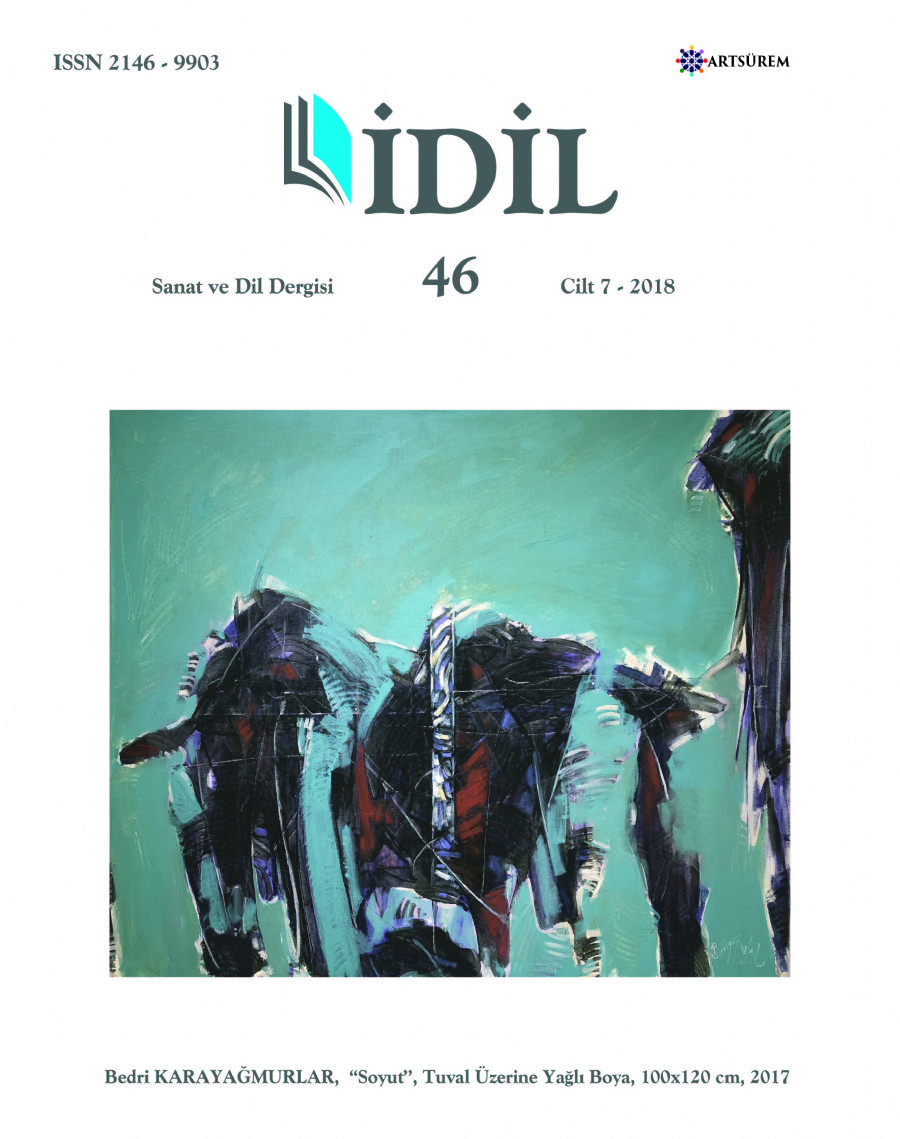BAKTERİ VE MİKROALGLERİN TEKSTİL BOYACILIĞINDA VE BASKICILIĞINDA KULLANIM OLANAKLARI
APPLICATION POSSIBILITIES OF BACTERIA AND MICROALGEA IN TEXTILE DYEING AND PRINTING
Author(s): Banu Hatice Gürcüm, Ayçin ÖneşSubject(s): National Economy, Visual Arts, Environmental interactions, 19th Century
Published by: Sanat ve Dil Araştırmaları Enstitüsü
Keywords: Bacteria; microalgae; textile dye-print; textile design;
Summary/Abstract: Textile dyeing and printing sector which has an important place in the country’s economy, has been discussed for long years because of its environmental impact depending upon the excess amounts of water consumption and harmfull dyes released into waste water at the end of dyeing and treatment processes. The necessary deying pigments have been obtained from some kinds of vegetables and animals or from the synthesis of lickens and fungus in ancient times. As a result of the invention of synthetic dyes in 19th century, the interest on natural dyeing materials has lessened. Though the ecological damage they caused has been proven radically, the use of synthetic dyes still continues. Today biological materials and bacterial pigments which have been studied as an alternative to syhthetic dyes have been preferred because of their bio-degradable and environmental-friendly structure. However, since studies subjecting bacteria and algea are at the stage of R&D, they have not been placed in textile industrial applications but only used by avangard artists as a form of art. Pigmentation of microalgae which is an innovative study domain, attracts attention because of artistic, environmental and innovative sides. Thus, this paper aims the sample the studies of designers who employ bacterial pigments and microalgae in their textile dyeing and printing researches.
Journal: İdil Sanat ve Dil Dergisi
- Issue Year: 7/2018
- Issue No: 46
- Page Range: 701-709
- Page Count: 9
- Language: Turkish

